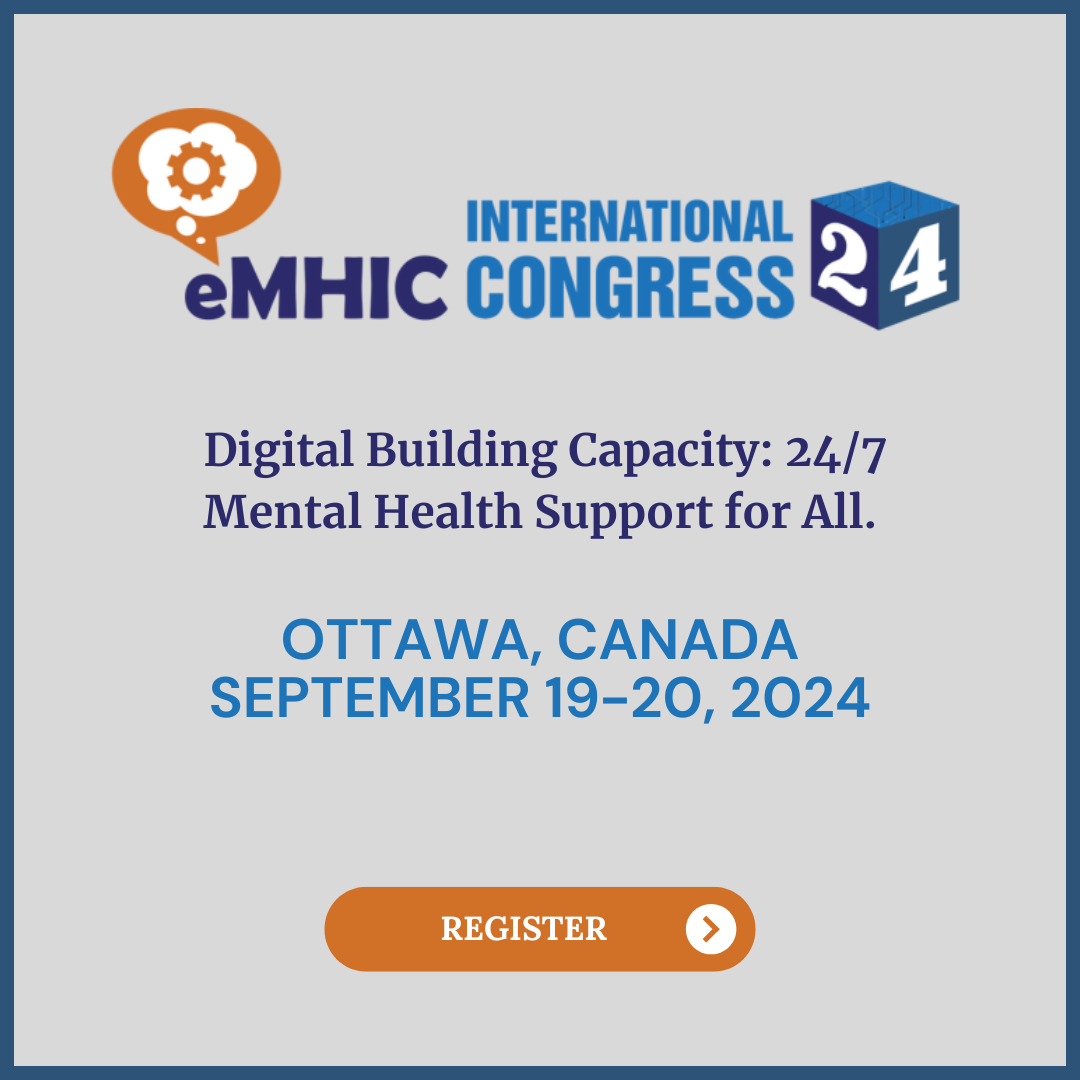If you are in distress, you can call or text 988 at any time. If it is an emergency, call 9-1-1 or go to your local emergency department.
RE-AIMing e-Mental Health: A Rapid Review of Current Research
Recommendation 1: Scale Up Existing Services Recommendation 2: Reflect Priority Populations Recommendation 4: Find Balanced Solutions Recommendation 5: System Integration As the complexities of implementing e-mental health interventions become ever-more apparent, it becomes increasingly important to systematically review and assess new research. In order to address the gaps between research, policy, and practice, we have applied the RE-AIM Framework to conduct a rapid scoping review of the current e-mental health research landscape. The framework provided an excellent tool to systematically identify facilitators, challenges, opportunities and persistent gaps in evaluating and reporting on e-mental health care. The usefulness of scoping reviews depends on the evidence available. This review highlights inconsistencies in the degree to which authors reported on each RE-AIM dimension. Innovators as well as researchers should focus on measuring the effectiveness of e-mental health interventions, but factors regarding implementation, adoption and maintenance must also be included in the evaluation process. Policymakers, health care teams and people living with mental health problems and illnesses need better evidence about how e-mental health can best be integrated into their care pathways and whether it is delivering on promises of improved access for underserved populations. The next generation of e-mental health care solutions in Canada should benefit from the lessons of the many new approaches emerging across the country and worldwide.a narrative synthesis of the findings to report results derived from this review.![]()
Recommendations
Experience gleaned from the rapid review shows the process of integrating e-mental health as a routine health care tool faces many challenges, is very complex, and requires a significant investment of time in most cases. The research-to-practice gap remains an issue. This review suggests there are many viable e-mental health interventions and services that are demonstrating positive effects and the rate of development is increasing. Scalability and transferability of these interventions is of primary importance. With so many small studies around the world showing promising results, the challenge now is how to mobilize those interventions in new contexts. Building on services that have shown positive effects could create momentum without requiring major expenditures in new development costs.
The goal of all e-mental health care is to find an optimal solution to the most pressing (existing or anticipated) mental health problems. There is a major disconnect between what we claim e-mental health care could do for marginalized or disadvantaged clients and the kinds of academic research being conducted. If improved access for rural communities and broader inclusion of disadvantaged sub-populations (categorized by culture, ethnicity, age, clinical areas, etc.) in mental health care are priority drivers for new services, then the type of research conducted and research participants enrolled should reflect those priorities. We have an ethical responsibility to ensure that the development of new e-mental health services does not just provide alternative options for those who already access mental health care, but create new pathways to care for those underserved in the current system.
Recommendation 3: Co-define and Measure Cost-Benefit
Information on the costs of e-mental health interventions is needed within the evaluation framework of interventions been tested. Documenting value for money can support decision making in the field, but can also form the basis for developing business models and facilitating payment systems to support scaled-up services. However, what researchers perceive as valuable cost-benefit measures and methods of validation are not always what is needed to inform decisions at the ground level. Knowledge sharing around meaningful costs benefit analyses is an important step in catalyzing the research-to-practice transition.
E-mental health solutions that are identified for implementation should be balanced so they are technologically appropriate and culturally sensitive. Appropriate technology can be defined as the easiest technological solution that achieves the desired purpose within the social, cultural, environmental and economic conditions of the setting in which it is to be applied.47 In this way, an appropriate technology would typically be simple to adopt and require fewer resources to operate and maintain (making it more likely to be sustainable and environmentally friendly). Cultural sensitivity requires solutions to respect local traditions, expectations of the health care system, beliefs about health and disease, health literacy and usage patterns of existing health care services. Ignoring local culture may undermine efforts to introduce e-mental health initiatives and limit the ability to take what has worked elsewhere in the world and have it fit within the Canadian experience. Likewise, insufficient local resources may lead to errors in delivery and the application of e-mental health services that hold little fidelity to the desired therapeutic approach. Solid experience and knowledge of cultural limitations must guide the design and implementation of e-mental health solutions. Continued efforts to co-design interventions alongside persons with lived experience and their families and caregivers could improve relevance and, in turn, uptake.
If e-mental health continues to be conceptualized as a separate or parallel health care delivery system, and not as an integrated part of an overarching strategy to support mental health, then the long-term potential of investing in these services may never be realized. While work must be done to translate research into practice more rapidly, it is also critical that funding mechanisms are designed to acknowledge the iterative nature of the field and nimbly adapt based on cycles of continuous improvement. Although resources devoted to updating the technology may be reduced over time, ongoing involvement by health administrators will be necessary to ensure new e-mental health services are institutionalized and identify where other services might be replaced or discontinued. Conclusion
SHARE THIS PAGE
RELATED
![]()


